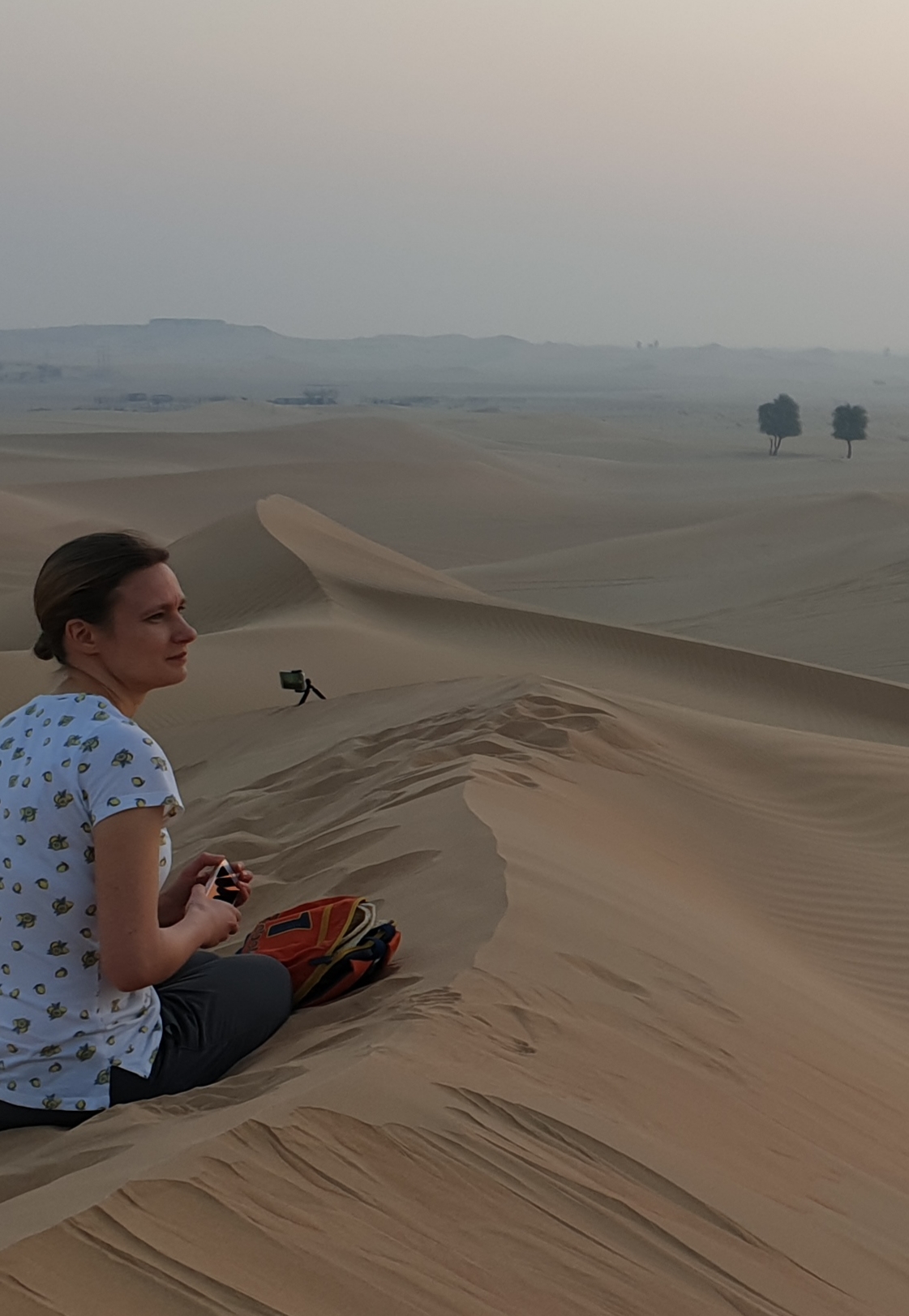
Short biography:
My current research focuses on the evolution of continental hydroclimate over thousands to millions of years in order to better understand the factors that drive precipitation variability, particularly in regions that are especially vulnerable to rainfall change over the coming centuries. I am interested in the interactions between the different components of the Earth system, such as the role of the ocean in driving hydrological change, the consequences of hydroclimate variability for the evolution of hominids and the savannah ecosystem (including the role of fire) and the impact of dust itself on human populations during times of rapid climate change.
Brief CV:
Post-doctoral research associate, University of Southampton (Royal Society Challenge Grants, with a focus on hydroclimate evolution of North Africa and the Greater Middle East during the Plio-Pleistocene), 2017-
Post-doctoral research associate, University of Sheffield (ERC grant CDREG: Cenozoic African C4 grassland expansion, terrestrial weathering and fire), 2013-2017.
PhD, University of Southampton (thesis title: Coupling of the Cryosphere and Ocean During Intervals of Rapid Climate Change in the Palaeo Record: A Multi-Proxy Study of the Heinrich Events of the Last Glacial from the Northeast Atlantic), 2013.
MSci Natural Science (Geological Science), University of Cambridge, 2008.
Abstract:
The Sahara is the largest hot desert on Earth and the source of about half of the world’s atmospheric dust which acts to fertilize the Atlantic Ocean and Amazon Basin. The timing and cause of Saharan desert inception are vigorously debated, but northern Africa is widely suggested to have dried progressively with global cooling through the late Cenozoic, favoring both desert and C4-grassland savanna expansion. We present a wide range of data, encompassing sediment geochemistry and grain size distributions, plant wax isotopic signatures and lithogenic radiogenic isotopes to explore when and why desert conditions were established on North Africa. Our work on North Atlantic deep-sea sediments reveals persistent waxing and waning of Saharan dust input, with astronomically forced aridity in the interior of northern Africa more than three times earlier than the widely invoked date for the onset of desert conditions and no major changes in dust source regions over the last 11 Myr. This result strongly suggests that the Saharan desert is older and more dynamic than previously documented. Our data also challenge suggestions of a simple long-term escalation of northern African aridity driving an associated grassland expansion and provide a new framework from which to assess floral and faunal evolutionary outcomes on Africa, including those of the savanna ecosystem and our hominid ancestors.
Arranged date for the seminar talk: Dec 03, 2019
Place: BCCR lecture room 4020, Jahnebakken 5 at 11:00
